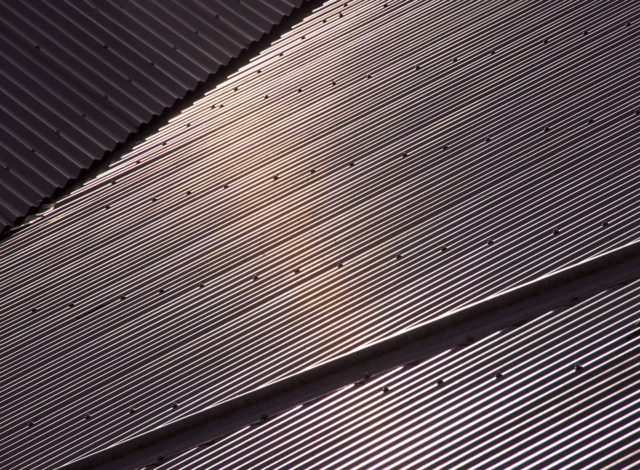
To ensure the smooth operation of sliding doors, drawers or sliding gates, telescopic slides are your best ally. As a professional linear device manufactured for applications that require heavy loads with too much precision, this device can serve you well. There are many types of slides available to fit your projects perfectly. To learn more about its usefulness as well as how to choose them properly, we recommend that you continue reading this article. But first, what is it and how does it work? The answer in this article.
Recap on telescopic slides
By definition, the telescopic slide is a composition of metal profiles that slide on ball bearings fixed in ball cages. They are shaped like metal rails. It is a material that guarantees a simple and practical telescopic guidance. It consists of three elements: an inner, outer and intermediate element. The telescopic guides are also equipped with stops in opening and closing, which allows the material to ensure a sliding of more than 1,250 kg of load on lengths of 2 m. The role of the telescopic slide is to facilitate the telescopic guidance of a heavy element around a translation oscillation.
Telescopic slide, what is it used for?
The telescopic slide is a proven effective tool for extracting a load. Moreover, it is not limited to one use. It can be used as a drawer slide, translational guide, suspended rail, drawer slide, door slide, keyboard drawer, handling rail, furniture slide, telescopic leg, telescopic table slide, horizontal guide or, in some cases, as a vertical guide for a door or for a machine tool guard.
Telescopic slide, zoom on the different models
This equipment is available in several models from which you can choose. You can choose between the super extension, full extension or partial extension models. Regarding the first model, i.e. the one with super extension, the telescopic slide is made of 4 elements which offer a significant development with a possibility to reach up to 2000mm. Then, the full extension model offers an optimal development with 3 elements included and can resist a weight of 1,250 kg with a length of up to 2,600mm. Finally, the partial extension model is effective for horizontal or vertical installation thanks to its exceptional discretion and fluidity.
Tips for choosing your telescopic slide
The choice of a telescopic slide is made according to different criteria, namely the manufacturing materials, the type of assembly and the load capacity.
When it comes to manufacturing materials, choose those that are robust for heavy loads. Slides made of formed steel or cold drawn and tempered steel will do very well as they show great rigidity. The next thing to consider is the type of mounting, you need to determine how the telescopic slide will be installed, which can be either vertical or flat. The load capacity should also be taken into consideration when making your choice. Each slide is treated to ensure its durability. Other treatments are available depending on your needs.


































